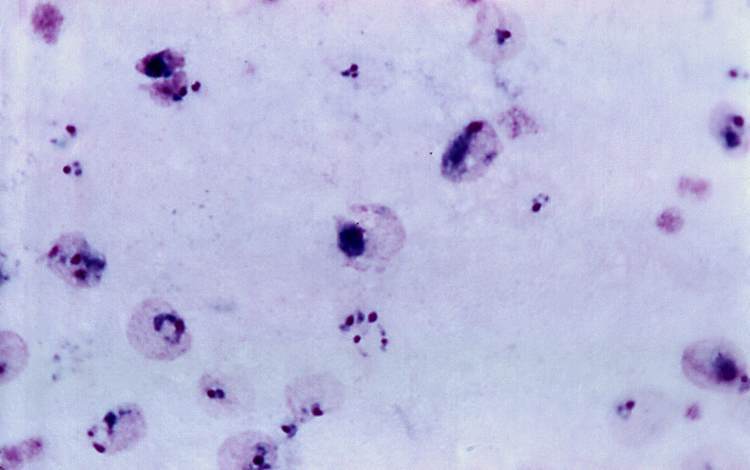Background of the target antigen
Structural Maintenance of Chromosomes (SMC) family proteins play critical roles in various nuclear events that require structural changes of chromosomes, including mitotic chromosome organization, DNA recombination and repair and global transcriptional repression. The chromosome proteins are conserved in eukaryotes and can lead to mitotic chromosome segregation defects, suggesting a critical function of SMC family proteins in mitotic chromosome dynamics. SMC1 and SMC3 form a heterodimeric complex required for metaphase progression in mitotic cells. Specifically this SMC1/SMC3 complex is responsible for sister chromatid cohesion during metaphase. A number of cellular factors interact with hSMC1/hSMC3 during cell cycle. The major population of hSMC1/hSMC3 is in a compex with hRAD21 forming the human cohesion complex. Human cohesion complex associates with chromosomes which peaks at S phase and dissociates from chromosomes during G2/M transition. In addition, a subpopulation of hSMC1/hSMC3 associates tightly with nuclear matrix and centrosomes during interphase. A subset of hSMC1/hSMC3 is localized to spindle poles, spindles and kinetochores during mitosis when cohesin is in the cytoplasm. hSMC1/hSMC3 is required for spindle aster formation in vitro and reacts with nuclear mitotic apparatus protein in vivo.
